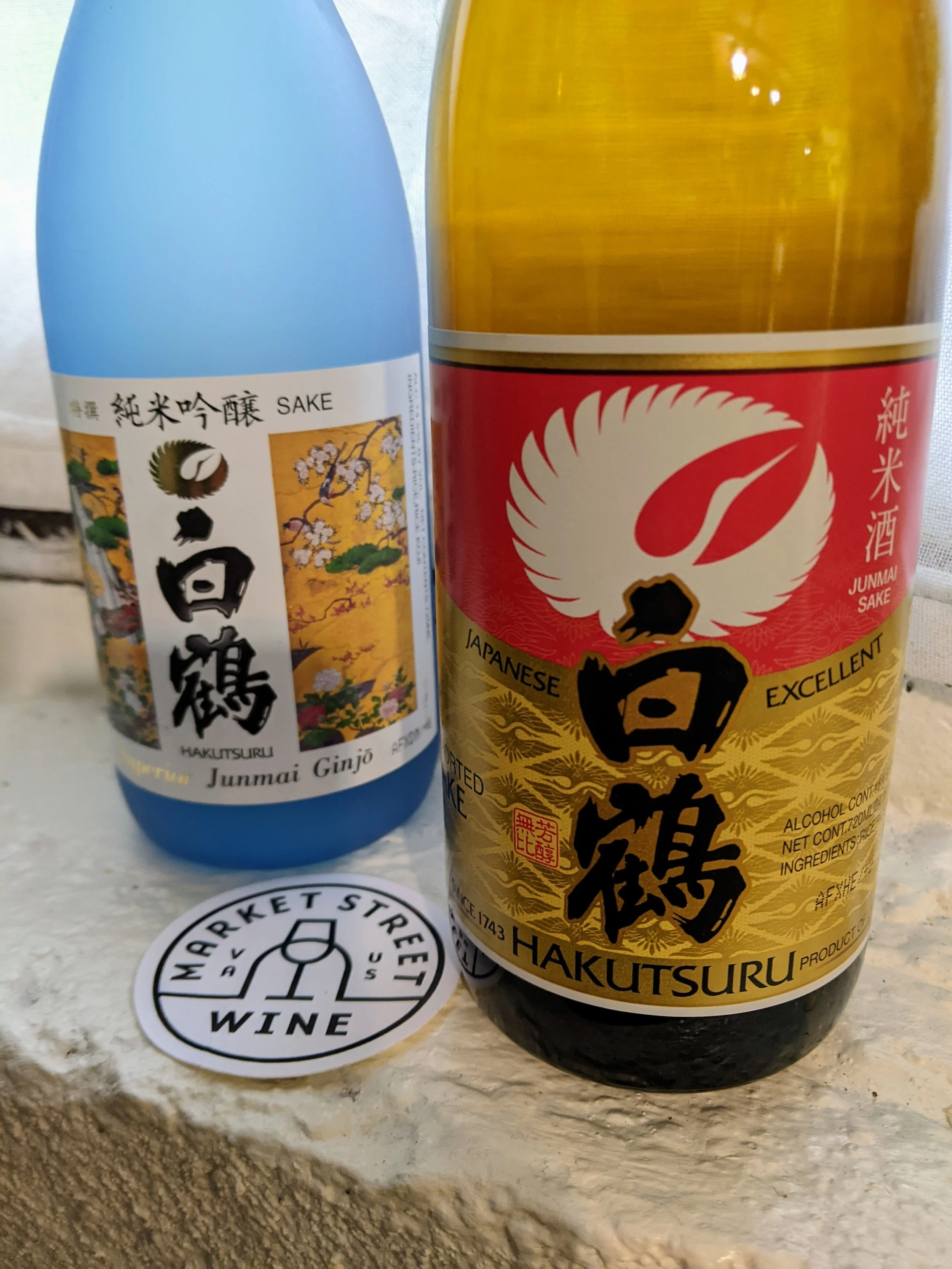Sake Spotlight
Hakutsuru Saké
Junmai Saké
Before there was even a USA, in the Nada district of Japan, lumber dealer Jihei Kano decided to found a sake company. So, in 1743, he opened Tsuru (Crane) Saké. However — like New York Pizzerias — imitation Tsuru Saké breweries quickly popped up. In response, four years later Kano adjusted the name of his brewery to Hakutsuru (White Crane). That name and symbol remain attached today to the number one selling sake in Japan.
The thing is … to understand Hakutsuru’s success, you have to know more about Nada. Located in the middle of Honshu, Nada district is known for sake — seeing about 10% of Japan’s sake production. One of the reasons why Nada is Sake Country is that the nearby Rokko mountain region produces great rice. On top of that, for generations farmers worked in sake breweries as sake makers during the farming off-seasons.
Arguably, Nada’s main sake advantage, though, comes from its water sources. Not only does Mount Rokko provide excellent spring water, but the underground water beneath the city of Nishinomiya has been noted for producing superior sake since the 1800s. Suffice to say, Nada’s resources put a few face cards into Hakutsuru’s hands right out of the deal.
Both Hakutsuru’s sakes that we carry are Junmai sakes, meaning they’re made only with water, rice, yeast, and koji (a mold essential to rice fermentation).
Hakutsuru Excellent Junmai Saké ($13.99 for the 720ml bottle)
Hakutsuru Superior Junmai Ginjo Saké ($21.99 for the 720ml bottle)
The Excellent Junmai is dry with a touch of bitterness on the backend. The Superior Ginjo (also dry) is made from more refined rice and thus sports a purer and cleaner taste. Being both affordable and eminently drinkable, the Hakutsuru sakes have been our goto sakes for years.

